
Duck hunters are an opinionated group, especially when they're talking about the best shotgun-ammo combinations. But ask a waterfowler if they have ever patterned their gun on paper, and a majority of them will tell you "no." That's pretty incredible, considering how much pattern testing tells you about the ballistic capability of an auto-loader, pump, or break-action shotgun.
Selecting the best waterfowl choke tube, also makes a marked difference in downrange performance. Many hunters stick with the stock chokes that come standard with their gun, typically improved cylinder, modified, and full. Others look to aftermarket chokes that are engineered for compatibility with specific shotguns or ammunition.
To draw the best patterns from your shotgun, you need to shoot it on paper with the load you’ll be hunting with through multiple chokes. Only then can you optimize the killing power of your duck gun. But that takes time and money you may not have. Luckily, I’ve spent years pattern-testing shotguns. The following are the best waterfowl chokes I’ve seen perform at the range and afield.
Jump to: Waterfowl Chokes We Recommend
How to Pattern-Test a Shotgun
Patterning a shotgun is simple. Start by stapling a large piece of butcher paper (I use 40x40") to a shooting board and draw a dot in the center of it with a felt marker. Use a rangefinder to make sure your shooting position is 40 yards from the target. Screw in the choke and load the shell you will hunt with, aim, and fire. Some hunters will shoot from a lead sled, but I shoot standing (off-hand) because that's how I'll be shooting in the field. Lighter guns can also "jump" out of the sled rest upon shotshell detonation, producing a high pattern. After pulling the trigger, walk up to the target and evaluate the results. I use a pencil affixed to a 15” piece of string, and draw a circle around each pattern, using the core of the pattern as my center point. Repeat the process five times (10 is optimal).
Just for clarification, the reason to shoot at 40 yards is first, it's the industry standard set by SAAMI (Sporting Arms and Ammunition Manufacturers' Institute), and second, shotshell performance tends to drop off at that distance. But it’s also a good idea to pattern the gun at closer and farther distances. This will give you a more complete idea of what your shotgun, load, and choke are capable of.
Choke to Shotshell Variability
Shotgun shells have hundreds of pellets in their hulls. When that many projectiles are exiting the bore, an incredible amount of variability exists in downrange performance—gravity, wind, temperature, elevation, etc. all factor in. The type of non-toxic shot—steel, bismuth, or tungsten—also matters because they all have varying densities. That means different shotshells perform differently as they pass through a choke tube.
For instance, if you pattern a 3-inch load of Federal Speed Shok No. 4s and Browing BXD in the same offering through the same gun and choke at 40 yards, the pattern results will be different. Why? Because unlike rifles, where you’re shooting a single projectile, a shotshell has many. And it’s simply impossible to get all those pellets to perform the same way every shot, so there is always going to be some variance.
Jump to: Product Notes
Waterfowl Chokes We Recommend
 Carlson’s Cremator
|
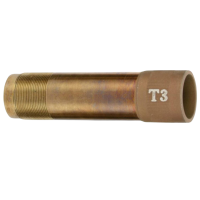 Rob Roberts Triple Threat
|
 Patternmaster Anaconda
|
 Browning Invector DS
|
|
|---|---|---|---|---|
| Range Options | Short, Mid, Long | Long | Short, Mid, Long | Long |
| Ported | Yes | No | No | No |
| Material | 17-4 PH Stainless Steel | 17-4 PH Stainless Steel | 17-4 PH Stainless Steel | Nickel Chrome Moly |
| Price | $110* | $90* | $67* | $50* |
| Field Notes | Field Notes | Field Notes | Field Notes |
Product Notes
Scott Carlson, the founder of Carlson’s Choke Tubes, built three rings into the taper section of the Cremator series, which are offered in close-, mid-, and long-range constrictions. Known as Triple Shot Technology, the choke gradually transitions shot from the bore to the muzzle of the choke. This results in better pattern density and less deformed shot, especially in a softer metal such as bismuth. I’ve patterned Winchester Bismuth (3” 1⅜-ounce No. 4s) through the extended Cremator LR at 40 yards. The best result was a 79% pattern that placed 168 of a possible 213 pellets inside a 30” circle. Steel shot is safe for the CR and MR Cremator chokes, but if you’re using the LR tube, don’t shoot anything larger than No. 2s or it could damage your shotgun. All three chokes are available in ported and non-ported options.
Specifications
- Range Options: Short, Mid, Long
- Ported: Yes
- Material: 17-4 PH Stainless Steel
- Price: $110
The first thing I noticed about the Triple Threat chokes was that they were longer than most stock and aftermarket offerings. The reason for that, according to owner Rob Roberts, is that a longer choke will make your pattern tighter at distance. I’m an average shot, but have killed several Canada geese and mallards at extended ranges with a T3 and T2 (Roberts also offers a T1 for smaller ducks like teal and wood ducks where you want a wider pattern at shorter distances). Since the bore size of many leading shotgun manufacturers varies, Roberts suggests using the T3 for guns with larger bores and the T2 for smaller ones. For instance, 12-gauge Browning and Winchester bore diameters are typically around .742, while Beretta and Benelli guns traditionally have a bore diameter of .719 to .723. That’s why you need a tighter choke (T3) for Browning and Winchester and a more open choke (T2) for the Italian-made shotguns. Recently, I shot several 3” 1 ¼-ounce No. 2s through my Winchester Super X4 with a T3 at 40 yards on paper. It produced consistent pattern percentages that ranged from 75% to 84%, the best of which placed 139 of 166 pellets inside the 30” circle.
Specifications
- Range Options: Long
- Ported: No
- Material: 17-4 PH Stainless Steel
- Price: $90
Most duck hunters are more familiar with Patterrnmaster’s popular Code Black chokes, but I have been running the Anaconda LR (.600 constriction) paired with a 20-gauge Beretta A400 Xplor for several years with great results. I’ve killed greenheads and lesser Canada geese with it at 40 yards. This summer, I patterned the 12- and 20-gauge versions of Hevi-Shot’s new Hevi-Metal 3” No. 4/1 (it’s a stacked No. 4 tungsten alloy on top of No. 1 steel) at 40 yards. For the 20-gauge, I shot the load through the Anaconda LR. It actually outperformed the 12-gauge choke percentage-wise 84 to 79. The best 20-gauge pattern during testing was an unbelievable 107 pellets out of 110 inside the 30” circle. Patternmaster also offers the Anaconda in a short- and mid-range choke.
Specifications
- Range Options: Short, Mid, Long
- Ported: No
- Material: 17-4 PH Stainless Steel
- Price: $67
The Invector DS chokes come standard in Browning’s new Auto-5 and the Citori 725 series of shotguns. They also deliver some of the best patterns (when shooting steel shot) that I’ve seen from a stock choke. Invector DS chokes also fit the Winchester SX4. In one range session a few years ago, the DS modified choke outperformed a few aftermarket chokes. Most of my experience with Browning’s stock chokes has come while hunting with the Auto-5. But I have done some patternwork with the DS line. A few years ago in Texas, during a waterfowl shotgun test, the DS modified consistently delivered 80 percent patterns from 35 yards (our test group decided to shoot all the guns at 35 as opposed to 40). The best pattern from the Invector DS placed 116 of a possible 140 pellets from a Federal Speed Shock 3” No.2 inside the 30” circle.
Specifications
- Range Options: Long
- Ported: No
- Material: Nickel Chrome Moly
- Price: $50

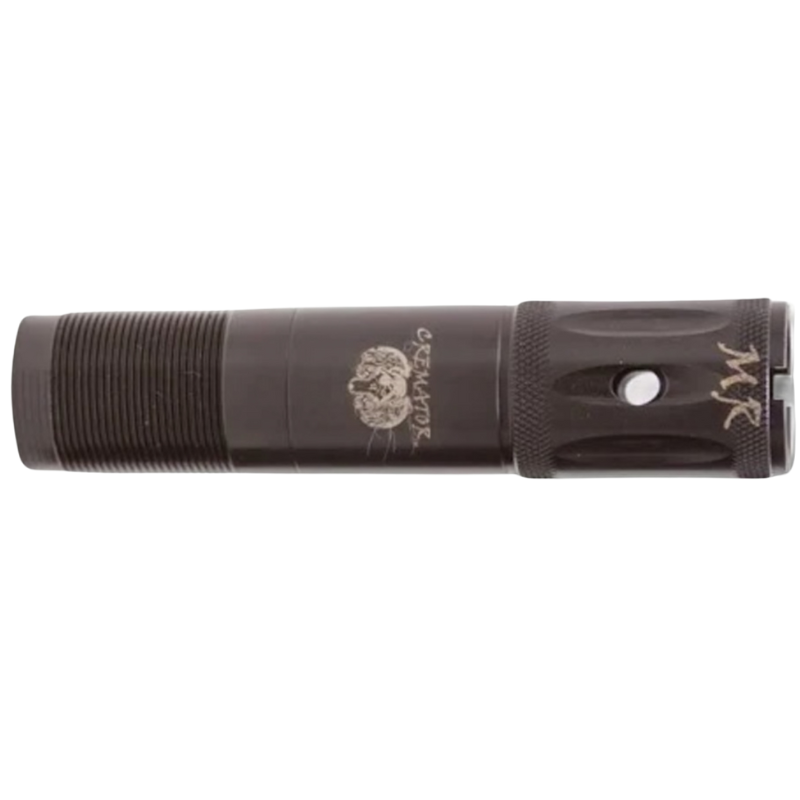
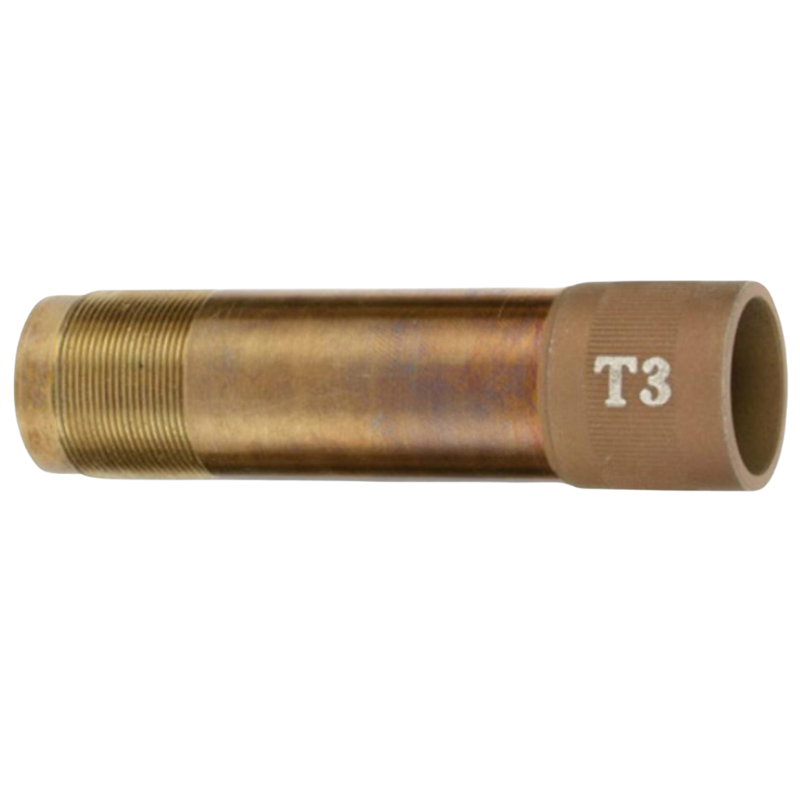
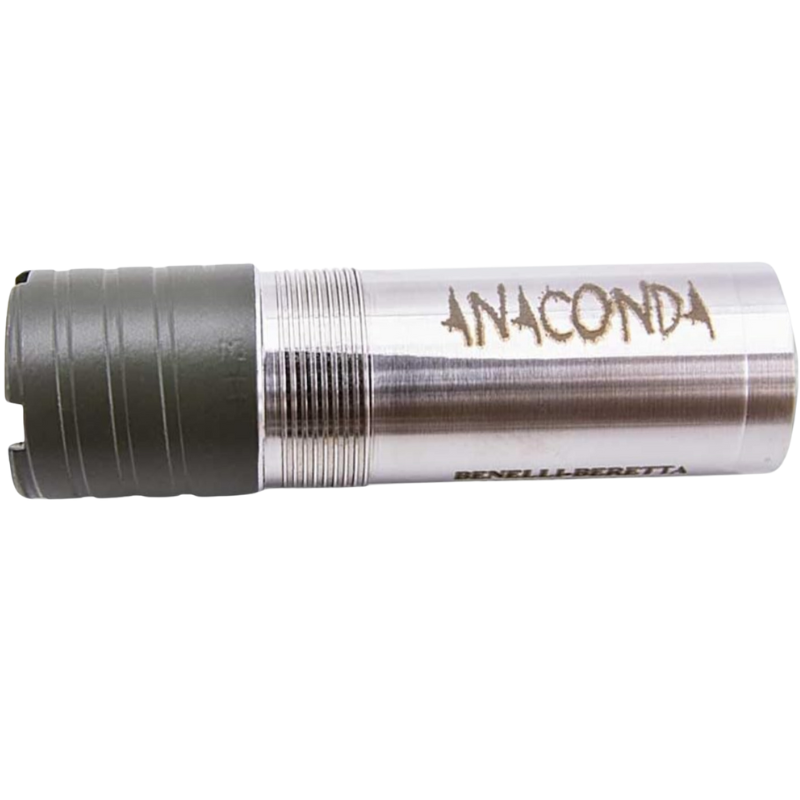
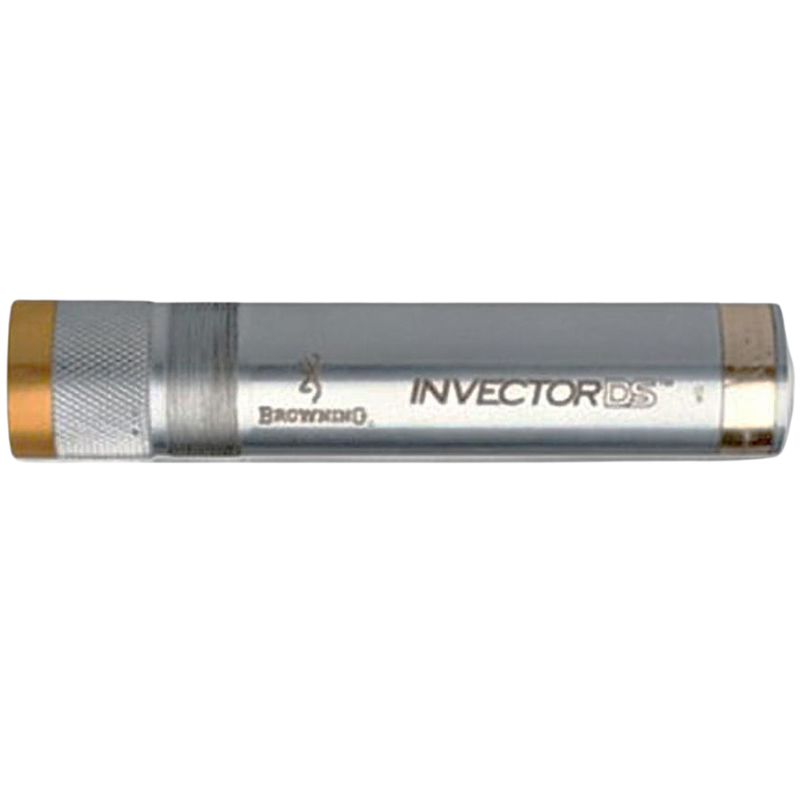
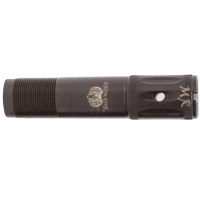
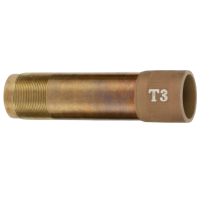
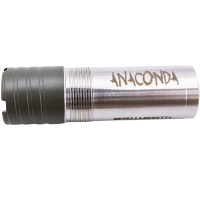
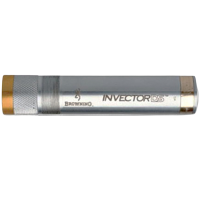





Conversation